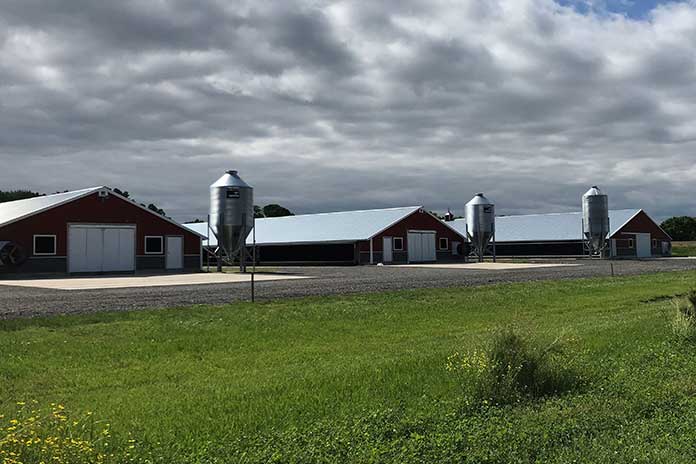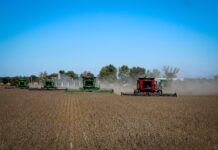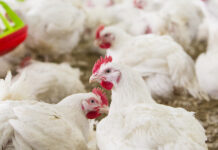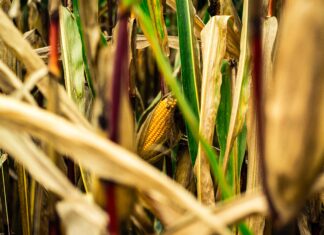
Delmarva’s chicken industry grew at slower pace in 2019 with respect to the chicken industry did elsewhere in the U.S., new data released by Delmarva Poultry Industry, Inc. show. Through efficient, conservation-minded farming and processing, the Delmarva chicken community did increase the amount of chicken it produced, even as active chicken house capacity on Delmarva fell by 3 percent. But the 0.6 percent year-to-year increase in chickens processed on Delmarva from 2018 to 2019 was lower than the U.S. chicken industry’s overall production growth, which stood at 2 percent.
“In the face of challenging economic and regulatory conditions, Delmarva’s chicken industry did grow a bit in 2019,” said Holly Porter, DPI’s executive director. “Our data make it clear that the region’s chicken industry is posting slower growth than what producers and chicken companies in other states are enjoying.”
Overall, Delmarva farmers raised 608 million chickens in 2019, compared to the 605 million chickens they raised in 2018. The chickens were raised in 5,114 chicken houses across Delmarva, and altogether, those houses could hold a total of 145 million chickens at a time – 3 percent less capacity than in 2018. In the past 20 years, the number of chicken houses in operation on Delmarva has fallen 12 percent – there were more than 5,800 chicken houses in use in 1999 – while the average chicken house has grown in size.
Modern chicken houses, larger than those built in the past, are more energy-efficient and have climate, feed and water technology that improves bird health. The average Delmarva chicken farm today has about four chicken houses in operation, with about 110,000 chickens per flock, on average. “Critics stuck in the rut of criticizing what they deride as ‘industrial poultry operations’ just aren’t up to speed on how efficient and resourceful the family farmers on Delmarva who raise chicken really are,” Porter said.
For the first time since 2016, the ranks of family farms raising chicken grew a bit last year. Delmarva ended the year with 1,325 chicken growers, or 23 more farmers than were recorded in 2018. In total, those growers earned $280 million in contract payments from Delmarva’s five chicken companies (Allen Harim Foods, Amick Farms, Mountaire Farms, Perdue Farms and Tyson Foods). The total value of the chicken raised and processed on Delmarva in 2019 was $3.5 billion.
Delmarva’s chicken community is an important part of the regional economy. According to an economic impact study by John Dunham & Associates, the chicken industry created or supported for 10,980 jobs in Delaware; 6,870 jobs in Maryland; and 5,000 jobs on Virginia’s Eastern Shore. More data about how chicken helps Delmarva’s economy, including numbers by state legislative district, can be found at chickenfeedsamerica.org.
Other highlights from DPI’s 2019 report on Delmarva’s chicken industry:
- Chicken growers and companies planted more than 17,000 trees and tall grasses as part of DPI’s vegetative environmental buffers program.
- Delmarva’s chicken companies invested $159 million in capital improvements, including investments in wastewater treatment, trucks, trailers, and processing plants.
- To make chicken feed, chicken companies purchased 89 million bushels of corn, 38 million bushels of soybeans, and 427,004 bushels of wheat. Total feed ingredient costs came to $1 billion.
- Chicken companies purchased $262 million in packaging and processing supplies.
Since 1957, DPI has collected and compiled data from the poultry companies operating on Maryland’s Eastern Shore, on the Eastern Shore of Virginia and in Delaware to gauge the scope and growth of Delmarva’s chicken economy.
Source: www.dpichicken.org

















